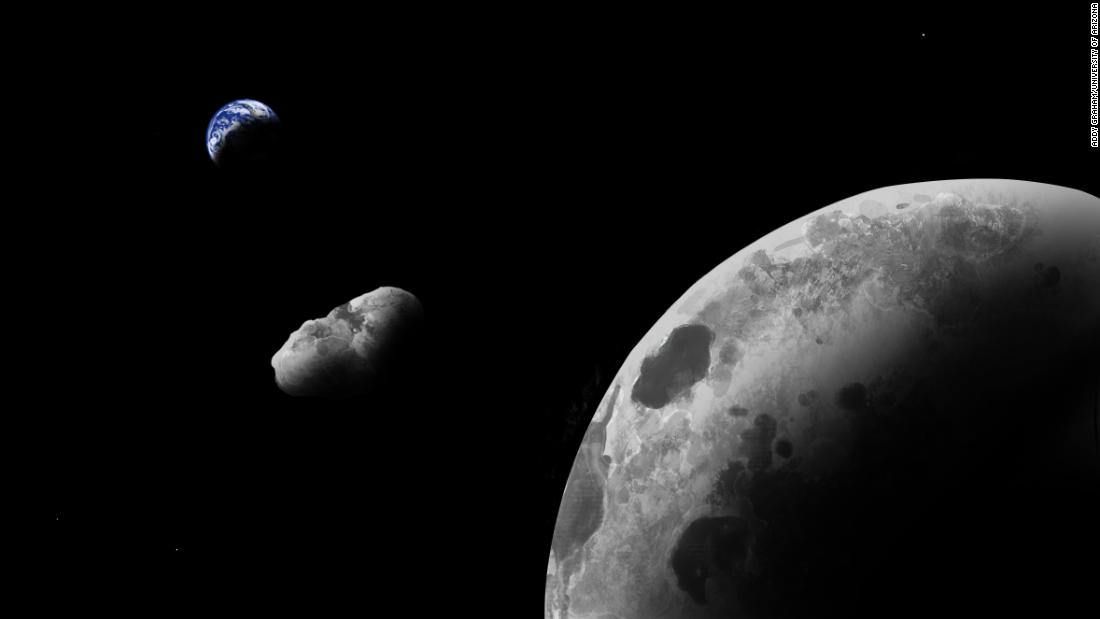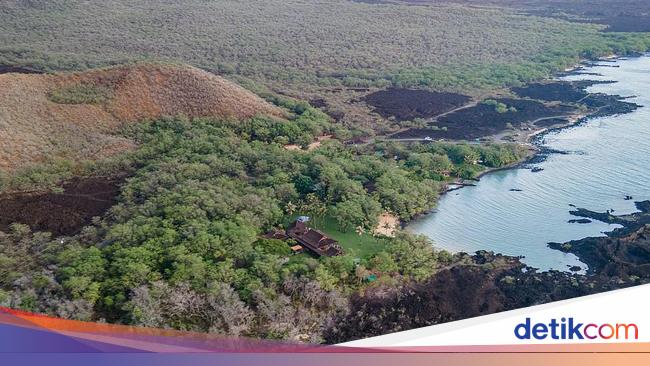Named Kamo’oalewa, after the Hawaiian creation hymn referring to the offspring traveling alone, the quasi-satellite was first discovered in 2016 by astronomers using the Pan-STARRS telescope in Hawaii. Pan-STARRS stands for Panoramic Survey Telescope and Rapid Response System.
A quasi-satellite is a type of near-Earth asteroid that orbits the Sun but sticks close to Earth.
Astronomers do not know much about this type of asteroid because it is very difficult to observe. In the case of Kamo`oalewa, scientists have only been able to observe it for a few weeks each April since its discovery. Kamo`oalewa is about 4 million times fainter than the faintest star we can see with the naked eye in the night sky.
The asteroid is between 150 and 190 feet (46 and 58 meters) in diameter, and is about the size of a ferris wheel. During its orbit, it lies 9 million miles (14.5 million km) from Earth. It looks like a large asteroid, but is small when compared to other rock remains that could be the size of the Empire State Building or larger.
moon effect
Only the largest ground telescope on Earth could identify the asteroid, so astronomers used the Big-Eyed Telescope on Mount Graham in southern Arizona to make observations. They determined that the spectrum of Kamo’oalewa, or the pattern of reflected light, matched lunar surface minerals and lunar rocks collected during NASA’s Apollo missions.

 –
–

